The skill of cooking Kenyan AATOP coffee beans by hand the taste characteristics of Kenyan coffee beans
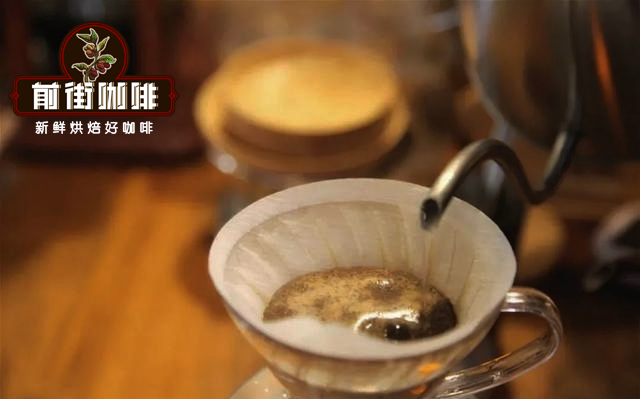
Professional coffee knowledge exchange more coffee bean information please follow the coffee workshop (Wechat official account cafe_style)
When it comes to sour coffee beans in Africa, you must think of Ethiopian coffee beans and Kenyan coffee beans (also known as Kenyan coffee beans).
Qianjie generally encounter guests who like to drink sour coffee beans, they will often recommend beans from these two producing areas to them.
However, there are also obvious differences in acid quality between the two producing areas.
Ethiopian acids tend to be refreshing and bright, while Kenyan acids are strong and thick.
Many people may think of the Kenyan coffee beans in Starbucks'13 coffee bean series, which were launched in 1971.
The African elephant on the package has long been used as the iconic pattern of Kenyan coffee.
Many people will describe the flavor of Kenyan coffee as African elephant: as thick as African elephant!
Qianjie Coffee doesn't think it's an exaggeration. Kenyan acid has always been talked about in the coffee industry.
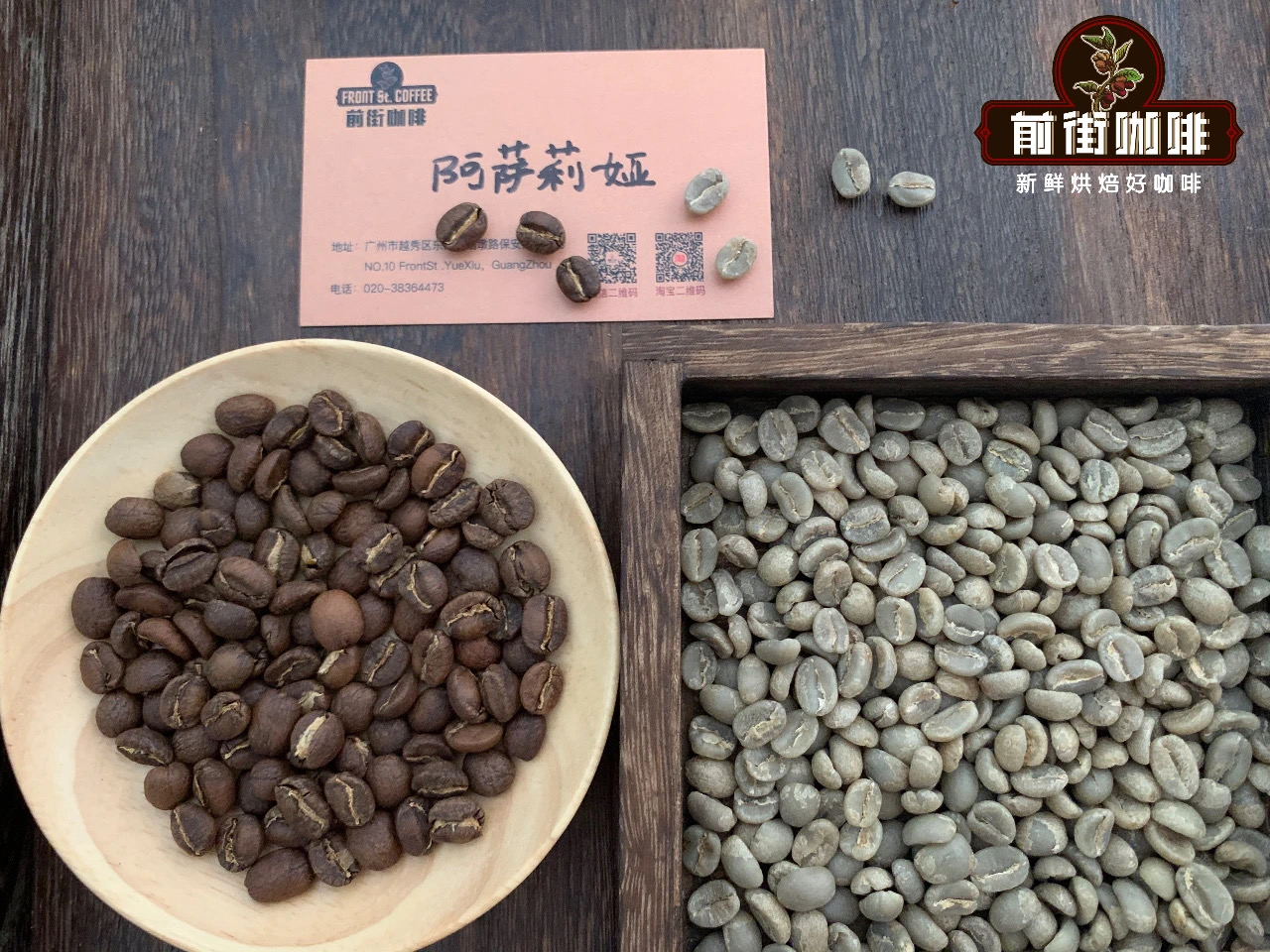
Kenyan coffee
Kenya is located in East Africa, bordering Ethiopia.
The history of coffee in Kenya is not as profound as that of Ethiopia, and coffee was not introduced until near the 20th century.
During this period, the coffee went almost all the way around the earth before it returned to Africa.
And at that time, new changes began to take place in the coffee industry, and Kenya can be said to be the witness and promoter of this change.
Kenya is different from Ethiopia, when coffee was introduced by Britain, a colonial power.
With the development of coffee economy during the colonial period, the whole coffee system tends to fine management.
At that time, the selection, grading and treatment of Kenyan coffee far exceeded that of many coffee-producing countries.
It was not until decades later that other countries realized the advantages of this meticulous management and followed suit, and the phenomenon of Kenyan singleness gradually subsided.
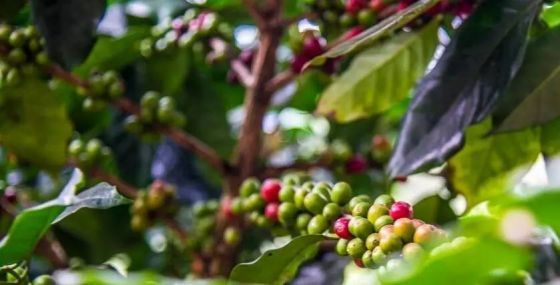
Kenyan boutique coffee is now famous all over the world, and Qianjie Coffee summarizes the following reasons:
1. The establishment of cultivation mechanism.
England brought coffee to Kenya from the island of Reunion in 1883, 1922
Scott Agricultural Laboratory established in Kenya (hence the name Scott Labs,SL28 SL34)
Engaged in coffee planting research, more than 10 years after its establishment
The laboratory selected SL28 and SL34 which are suitable for growing in the producing area from 42 kinds of coffee.
It provides a good start for the development of coffee industry.
2. The attention of the government.
In 1931, the Kenyan growers Cooperation Union and the Kenyan National Coffee Council were established.
Guide the development of coffee industry from the non-governmental and national level. The Nairobi Coffee Exchange was established in 1937.
The auction system of Kenyan coffee, good coffee has a good price, which sets the tone for the price of coffee.
In particular, in recent years, the Kenyan Ministry of Agriculture has launched a 1.5 billion shilling coffee revitalization program.
3. Determination of grading system.
Kenya is graded according to the particle size and cup test results of coffee beans.
According to the size, shape and hardness of coffee beans, from high to low is AA or AA+, AB, PB, C, E, TT, T.
Raw coffee beans for AA and AB grades
Special classification of cup test results has been added (not officially recognized by Kenyan countries, developed by exporters)
The order from high to low is TOP, PLUS (+) and FAQ.
4. K72 treatment method
The unique acidity of Kenyan boutique coffee has a lot to do with its excellent treatment.
General washing method to screen coffee fruits with high maturity
After peeling and pulping, the pectin is removed by soaking in the sink and fermenting. This process rarely takes more than 36 hours.
But the fermentation time in Kenya is as long as 72 hours, then it is dried until the moisture content reaches 12%.
The Kenyan Asalia coffee beans from the front street coffee are treated with K72.

Coffee planting model in Kenya
There are two main modes of growing coffee beans in Kenya, namely, large plantations and agricultural cooperatives.
They account for 25% and 75% of Kenya's coffee-growing land, respectively.
Among them, there are more than 3000 large plantations and 270agricultural cooperatives in Kenya.
It is made up of 700000 small farmers growing coffee.
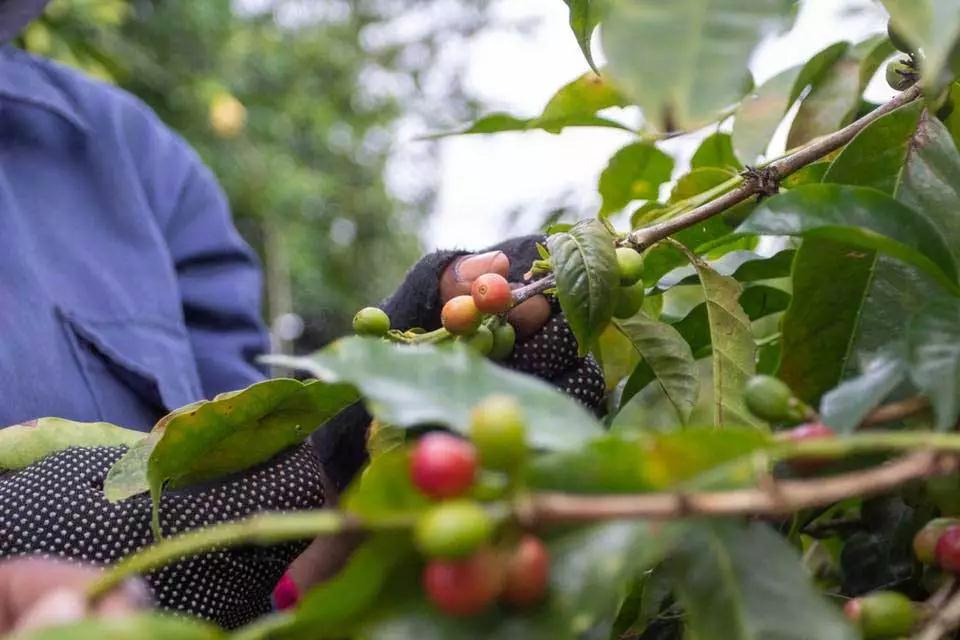
Kenyan coffee producing area
Kenya's coffee producing areas are mainly distributed in the central and western parts of the country, including Kiambu, Nyeri, Kirinyaga,
Mulanga (Muranga), Ambu District (Embu), Machakos District (Machakos), Ruiru (Ruiri), Sika (Thika)
Kisii in the western region, Mt. Bungoma district of Elgon)
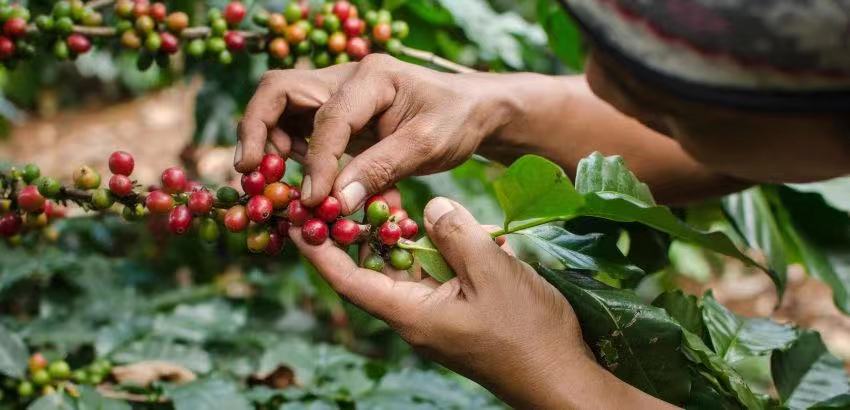
Qianjie Coffee excavates coffee beans from different producing areas from all over the world to let more people understand that the world of coffee can actually be very rich.
There are so many producing areas in Kenya, Qianjie coffee has always been related to constantly collecting new batches to taste.
Qianjie Coffee collected a batch of Kenyan coffee beans from different coffee producing areas.
Through the evaluation of many links, such as baking, cup testing, hand punching and so on, we can find that each producing area has its own different characteristics.
Kiambu and Muranga: acid biaoxianshang is brighter and thicker.
Nyeri: bright citrus and floral aromas, compared to Yegashifi in Ethiopia
It is still slightly inferior, but with the thick acidity of berries.
Kirinyaga: the acid also tends to be bright and thick, with a delicate sweetness.
Anbu District (Embu): the performance of acid quality is not as thick and strong as the previous producing areas, and the flavor tends to be balanced and lasting.
Machakos (Machakos): it is also outstanding in acid quality, with a delicate and long-lasting finish, which is gradually concerned by coffee buyers.
Kisii and Bungoma: the biggest difference with other producing areas is that the fruit is sweet, soft sour and nutty.
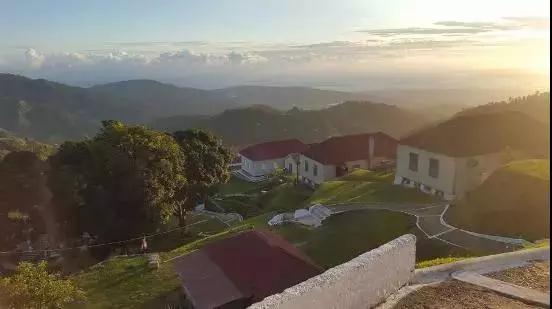
Kenyan coffee varieties
In Kenya, the common varieties of coffee are SL28, SL34 and Ruiru11.
In 1922, Kenya established the Scott Agricultural Laboratory (Scott Labs).
Engaged in coffee planting research, more than 10 years after its establishment
The laboratory selected SL28 and SL34 which are suitable for growing in the producing area from 42 kinds of coffee.
It provides a good start for the development of coffee industry.
SL28 and SL34 are selected varieties after many times of cultivation.
[SL28 、 SL34]
SL28 belongs to the bourbon gene group, with the original bourbon bright tonality and rich acid.
The lineage of SL34 is closer to the gene of iron pickup, and its acid quality is milder than that of SL28.
SL28 and SL34 currently account for 90% of Kenya's output.
At present, South America is also actively introducing SL28 as a planting variety.
[Ruiru11]
The birth of Ruiru11 is due to the global outbreak of rust. At that time, many Arabica species suffered from diseases in order not to reduce coffee production.
The hybrid variety Ruiru11 has excellent performance in disease resistance, but its flavor quality is far lower than that of SL28 and SL34.
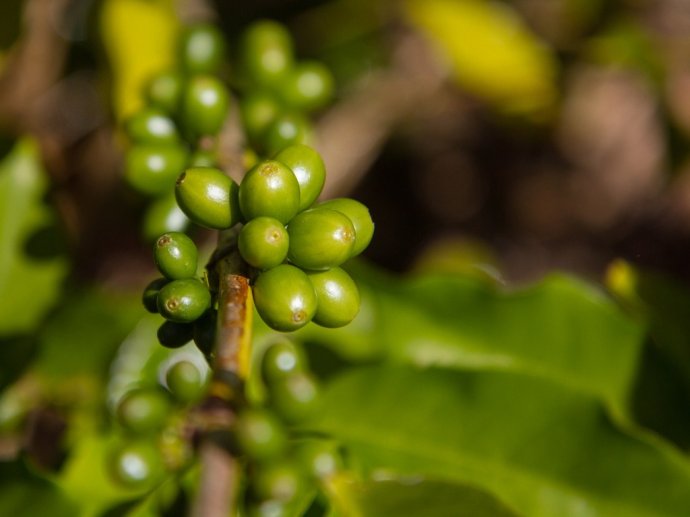
Kenyan coffee bean treatment
Kenya's washing method is famous all over the world, but it is different from the ordinary washing method.
Kenya K72 treatment means that its water washing and fermentation time is as long as 72 hours.
Generally speaking, the water washing treatment rarely takes more than 36 hours, such a long fermentation time.
It has created the unique acidity of Kenyan boutique coffee.
The treatment process of K72 is to screen the coffee fruits with high maturity.
After peeling and pulp, soak in the flume and ferment to remove pectin.
The process takes 72 hours, and then it is dried until the moisture content reaches 12%.
Grading of Kenyan coffee beans
Kenya is graded according to the particle size and cup test results of coffee beans. According to the size of the coffee beans,
Shape and hardness, from high to low, E, AA or AA+, AB, PB, C, TT, T.
Raw coffee beans for AA and AB grades
Special classification of cup test results has been added (not officially recognized by Kenyan countries, developed by exporters)
The order from high to low is TOP, PLUS (+) and FAQ.
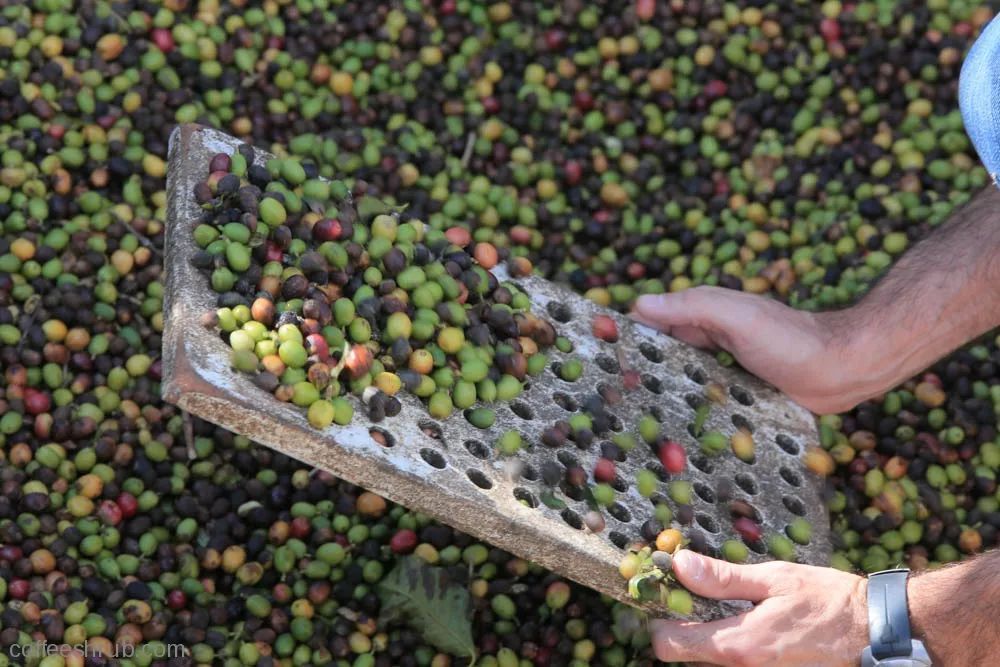
The Kenyan Azaria flavor level on the front street coffee bean list has reached the TOP level.
However, as mentioned earlier, this is not an official grading system.
Qianjie Coffee comes from several Kenyan coffee producing areas, and not all of them have flavor grades.
So there is no need to worry too much about this piece, generally reached the AA level and AB level of these two levels, the flavor is actually very high quality by default.

Front Street Coffee Kenya Azaria Coffee beans AA TOP
Producing area: Sika Thika, Kenya
Processing plant: Asali honey processing plant
Altitude: 1550-1750 m
Rating: AA TOP
Variety: SL28,SL34
Treatment: 72 hours washing
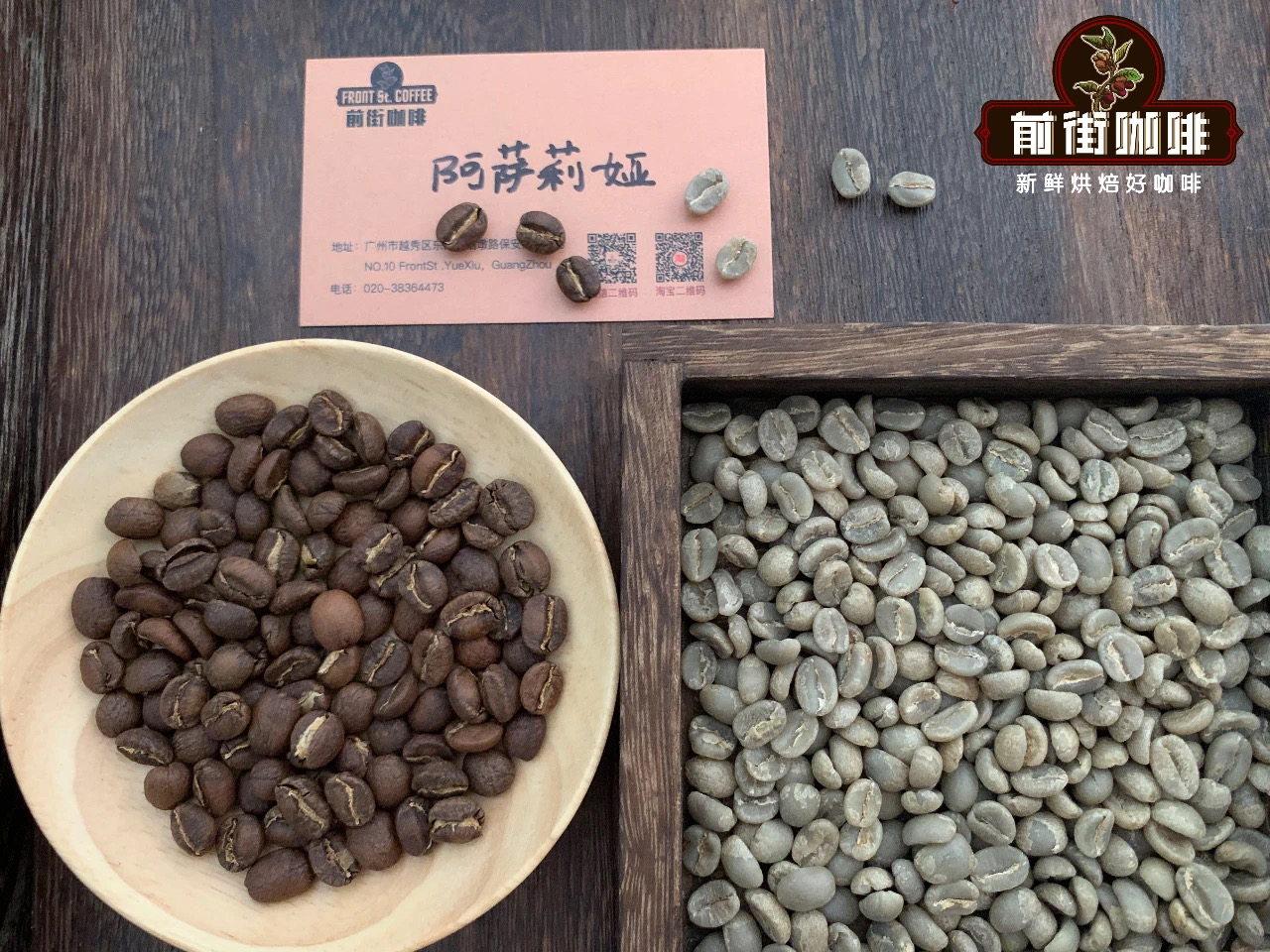
[baking suggestion]
This Kenyan bean is full and round.
In order to fully show its bright and mellow acidity, Qianjie coffee is roasted lightly.
Machine: Yang family 800N, raw bean 550g
Input bean temperature: 200℃
Flashpoint: 5 minutes 39 percent 30 ", 154.3 ℃
After one explosion, the development was 2: 10 ", 191.6 ℃ came out.
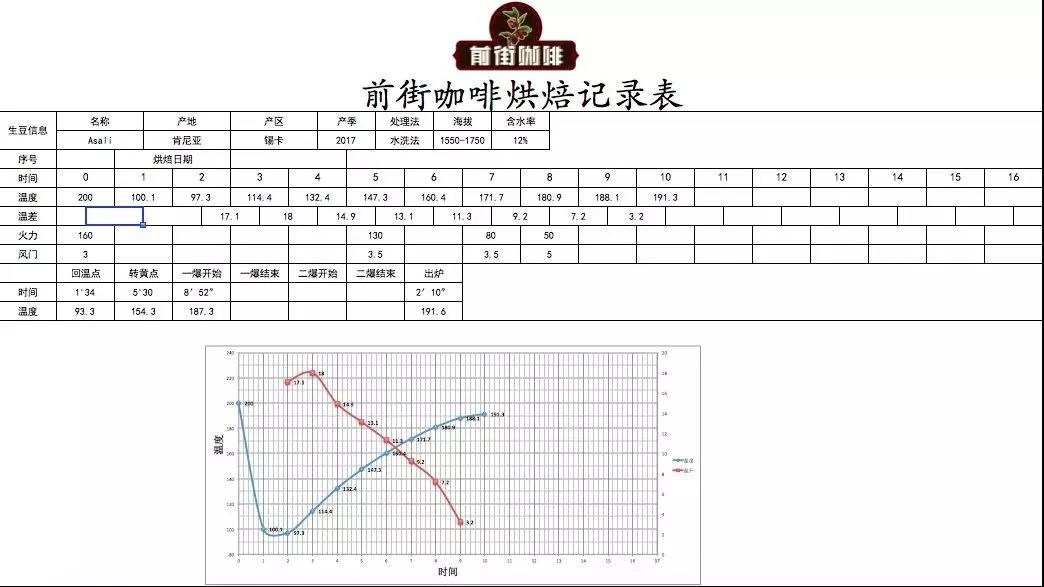
(front Street Coffee Kenya Azaria Coffee Bean Baking Curve)
[cup test flavor]
The dry aroma of this Kenyan coffee bean shows obvious aroma of black plum virgin fruit.
Shixiang shows a strong caramel fragrance.
[cooking suggestion]
Cooking parameters
Coffee powder quantity
15 grams
Proportion
1:15
Water temperature
90 ℃
Grinding degree
0.85mm screen pass rate 80%
Filter cup
Hario v60 # 01 filter cup
Cooking process
The first stage of water injection
30 grams of water steamed for 30 seconds
Second stage water injection
The injection of 95 grams of water (125 grams indicated by the electronic scale) will be completed by about 1 minute.
The third stage of water injection
100 grams of water (225 grams indicated by the electronic scale) will be injected in about 1 minute and 40 seconds.
Extraction time
1 minute 54 seconds, remove the filter cup to finish the cooking
Flavor description
Ripe tomato and floral aromas, imported virgin fruit and black plum flavors, bright acidity, clean and most solid and rich palate, outstanding sweetness in the middle, juicy, sweet berry and yellow sugar on the finish, and green tea aromas.
For more boutique coffee beans, please add private Qianjie coffee on Wechat. WeChat account: kaixinguoguo0925
Important Notice :
前街咖啡 FrontStreet Coffee has moved to new addredd:
FrontStreet Coffee Address: 315,Donghua East Road,GuangZhou
Tel:020 38364473
- Prev
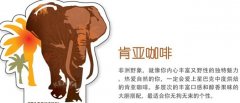
Coffee Bean theme classroom Story and Flavor characteristics of Elephant Packaging of Starbucks Kenya AA Coffee
For more information on coffee beans, please follow the coffee workshop (Wechat official account cafe_style) what kind of coffee Kenya beans are suitable for because Kenya is located on the equator on the Indian Ocean coast of east-central Africa, to the south of Ethiopia. There are many elephants in the tropics, and such packaging images can bring you the feeling of entering Kenya. Republic of Kenya
- Next
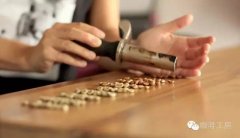
What is the roasting degree of Kenyan coffee? What is the unique flavor of Kenyan coffee with different roasting degrees?
Professional coffee knowledge exchange more coffee bean information please follow the coffee workshop (Wechat official account cafe_style) what kind of coffee Kenya coffee beans are suitable for production of excellent coffee beans Kenya is a model country for producing excellent coffee beans, Kenya produces high-altitude Arabica water beans are the top coffee beans in the world, most coffee beans are graded by the Kenyan Coffee Bureau and then at auction
Related
- Detailed explanation of Jadeite planting Land in Panamanian Jadeite Manor introduction to the grading system of Jadeite competitive bidding, Red bid, Green bid and Rose Summer
- Story of Coffee planting in Brenka region of Costa Rica Stonehenge Manor anaerobic heavy honey treatment of flavor mouth
- What's on the barrel of Blue Mountain Coffee beans?
- Can American coffee also pull flowers? How to use hot American style to pull out a good-looking pattern?
- Can you make a cold extract with coffee beans? What is the right proportion for cold-extracted coffee formula?
- Indonesian PWN Gold Mandrine Coffee Origin Features Flavor How to Chong? Mandolin coffee is American.
- A brief introduction to the flavor characteristics of Brazilian yellow bourbon coffee beans
- What is the effect of different water quality on the flavor of cold-extracted coffee? What kind of water is best for brewing coffee?
- Why do you think of Rose Summer whenever you mention Panamanian coffee?
- Introduction to the characteristics of authentic blue mountain coffee bean producing areas? What is the CIB Coffee Authority in Jamaica?

